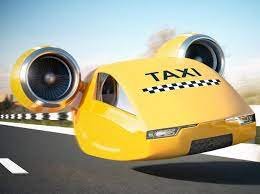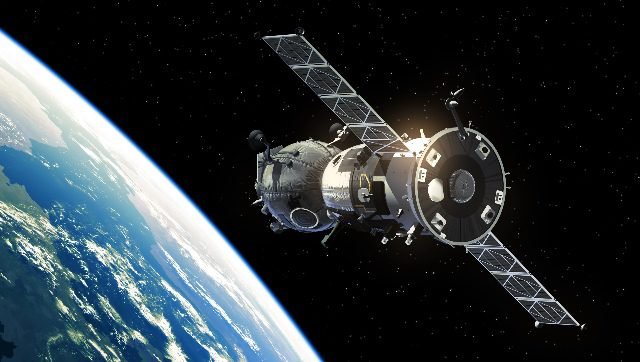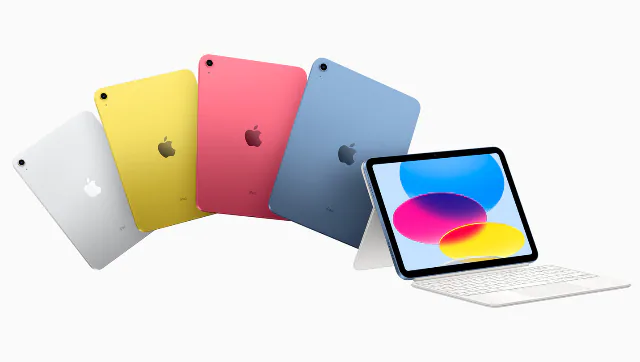Tesla has provided a sneak peek of an upcoming ride-hailing feature within its app, leading to the anticipated unveiling of its robotaxi service in August. The company released mock-ups of the feature, showcasing the ability to summon a ride directly from the Tesla app.

While specific details on its functionality remain limited, the images suggest an Uber-like experience, allowing users to set the car’s temperature before its arrival remotely. Tesla CEO Elon Musk previously announced plans to unveil the long-awaited Robotaxi service on August 8 after years of anticipation.
Despite promises of a self-driving ride-hailing service dating back to 2019, the exact launch date for such a service remains unclear. Tesla acknowledged the ongoing development of ride-hailing functionality in its latest earnings report, emphasizing its commitment to integrating this feature seamlessly into the Tesla App.
The update was disclosed in Tesla’s first-quarter earnings report for 2024, revealing a 9 per cent decline in revenue compared to the previous year, marking its most significant loss in over a decade.
During an investor call, Musk hinted at the ride-hailing service, dubbed “Cyber Cab,” envisioning it as a hybrid of Airbnb and Uber. He outlined a model where Tesla owners could opt to include their vehicles in the service, either owned by Tesla or the end user, with customizable usage preferences.
In a memo to investors, Tesla also announced accelerated plans for a range of new electric vehicles, including more affordable models, slated for production before the initially projected timeline of the second half of 2025. However, specifics regarding these new models were not disclosed during the investor call.
Tesla’s plan shift follows a challenging period marked by a decline in US EV sales and increasing competition from Chinese rivals. The company’s financial results for the first quarter of 2024 revealed a 9 percent drop in vehicle deliveries and total revenue compared to last year, marking its first sales decline since 2020.
To expedite the production of new models, Tesla revealed intentions to streamline manufacturing processes, opting to produce upcoming vehicles on existing manufacturing lines rather than implementing new, cost-saving technologies. While this approach may not yield as significant cost reductions as initially anticipated, it allows for prudent expansion of vehicle volumes amid uncertain market conditions.










